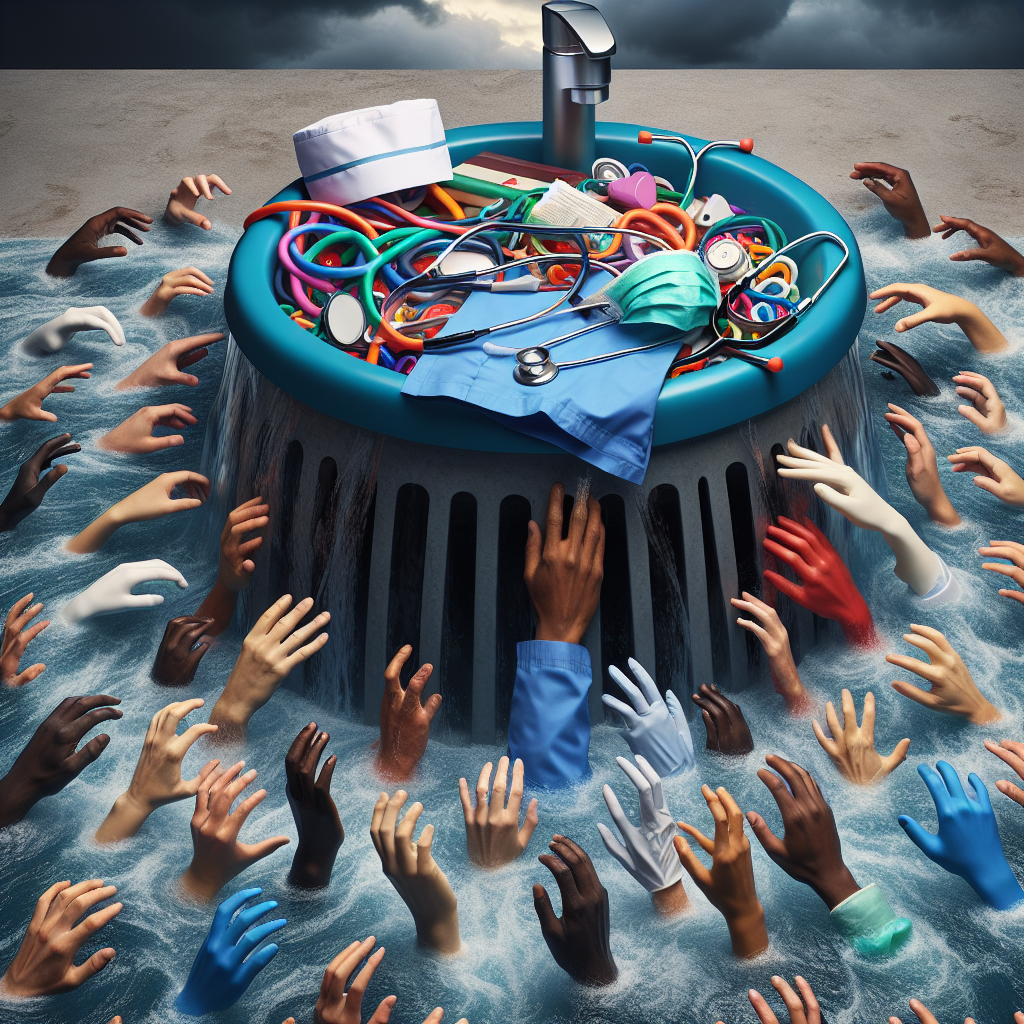New York, NY—The skilled nursing field is facing an unprecedented challenge, as a severe shortage of caregivers threatens the very foundation of eldercare. Dubbed “The Great Caregiver Drain,” this crisis is intensifying, raising alarms about the potential existential threat to a sector that is critical for the aging population of the United States.
Over the past decade, the demand for skilled nursing and long-term care has surged, driven by an aging Baby Boomer generation. However, this increasing demand coincides with a significant decline in the workforce available to provide crucial care. According to the Bureau of Labor Statistics, the healthcare sector, particularly long-term care, could see a shortage of more than one million nurses by 2024, illustrating the severity of the crisis at hand.
Industry experts point to several factors fueling this drain, among them low wages, high stress levels, and the emotional toll of caregiving. Additionally, the COVID-19 pandemic has exacerbated these issues, leading to burnout and pushing many professionals to leave the field entirely.
“Caregiving is not just a job; it’s a calling. But passion alone cannot sustain our workforce amid such challenging conditions,” said Dr. Susan Fletcher, a gerontology specialist and advocate for workforce development in healthcare. This sentiment captures the complex nature of the crisis: a combination of systemic issues within healthcare employment and the undervaluation of caregiving roles in society.
The implications of The Great Caregiver Drain are far-reaching. Skilled nursing facilities are already reporting staffing shortages that affect patient care quality, leading to increased hospital readmissions and, in some cases, the closure of facilities unable to meet operational requirements. This not only reduces the capacity for eldercare but also places additional strain on hospitals and other healthcare services.
Efforts to counteract the drain are multifaceted, focusing on improving wages, providing comprehensive benefits, and creating support systems to mitigate burnout. There is also a push for policy intervention at both the state and federal levels to address the crisis through funding and incentives for training and education in the caregiving professions.
However, these initiatives face their own challenges, including budget constraints and the time required to train new professionals. As the population continues to age, the urgency for solutions becomes increasingly acute.
The Great Caregiver Drain highlights a critical juncture for the skilled nursing industry and the broader healthcare system. Without immediate and substantive action, the sector may be unable to meet the essential needs of one of society’s most vulnerable populations, posing an existential threat to its very foundation. As Dr. Fletcher warns, “We are at a tipping point. The future of eldercare depends on our actions today.”


